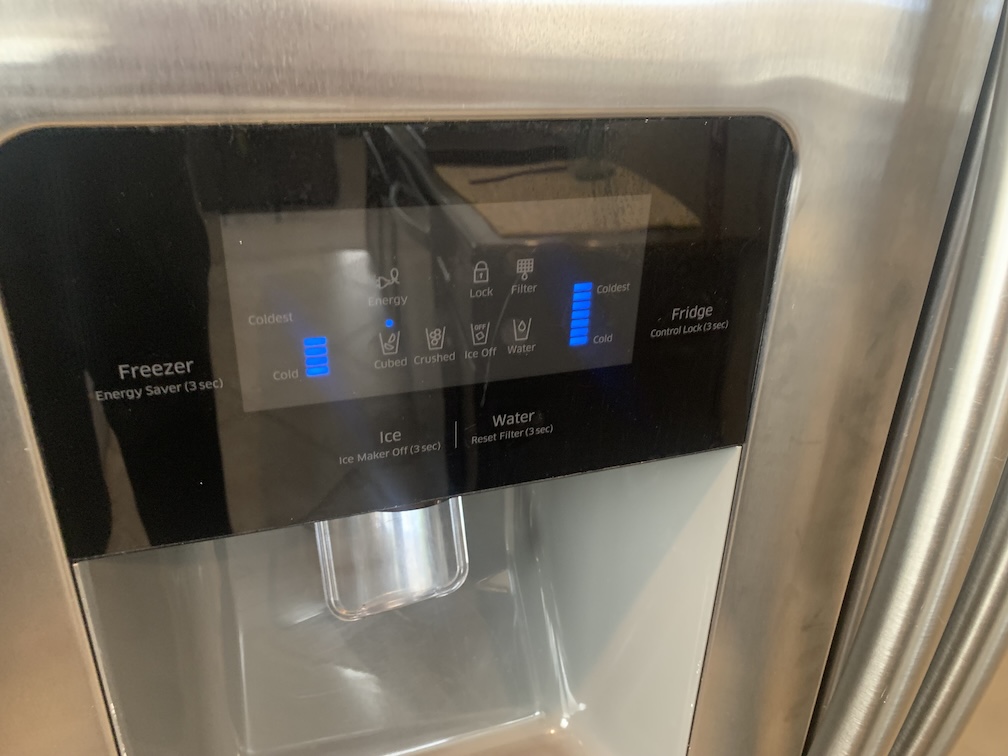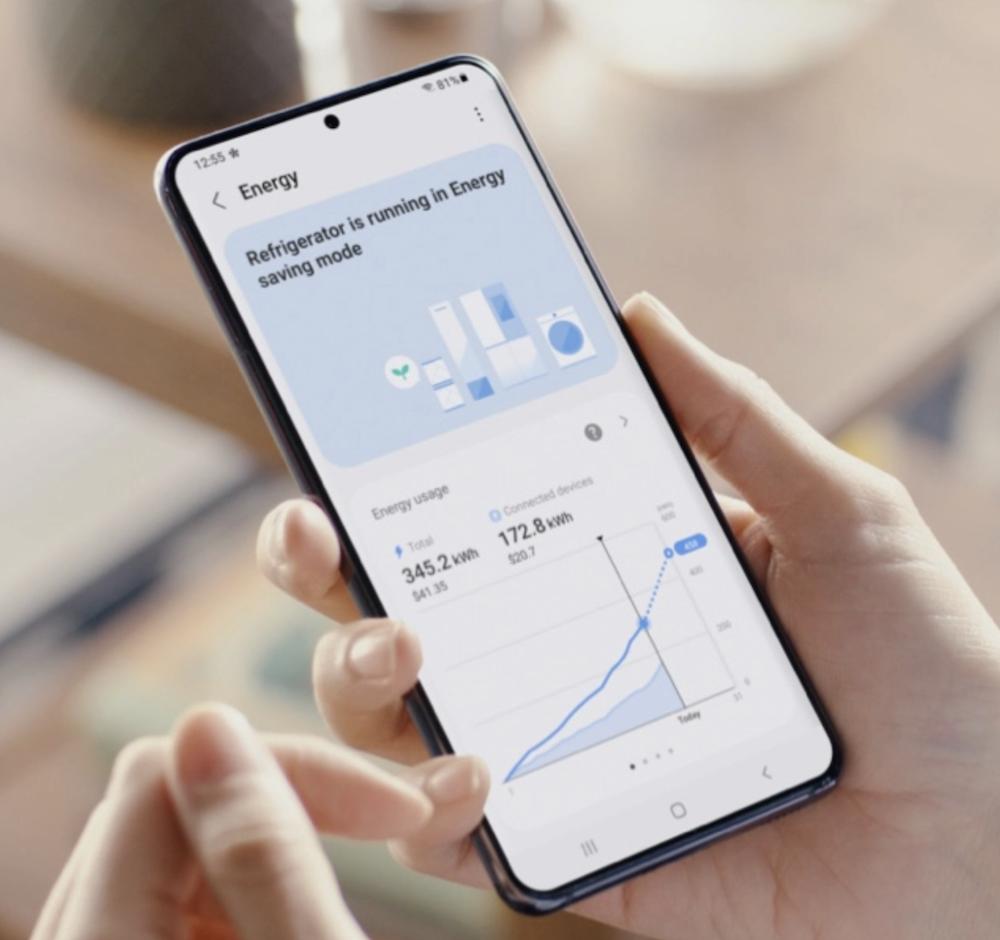posted: June 2, 2024
tl;dr: You might think your refrigerator’s top priority is keeping your food at the desired temperature, but it isn’t...
Your oven allows you to set the desired temperature. Most home thermostats, for now, allow you to set the desired temperature and will display the current temperature. Newer automobiles, with more sophisticated passenger heating/cooling systems, allow you to set the temperature. Your phone, via the weather app, tells you the temperature. But why won’t most refrigerators allow you to set the desired temperature, and also show you what it currently is? Isn’t the whole job of a refrigerator to keep food at the desired temperature?
It’s not because measuring the temperature is hard to do, or expensive. A simple electronic circuit that includes a thermistor, a temperature sensitive resistor, can do the job for pennies. Other technologies can be used as temperature sensors. All the products mentioned above are able to measure the temperature. So why don’t most refrigerators?

If your refrigerator prioritized food temperature, you’d be able to set it
One deep, dark secret of refrigerators is that they actually do contain temperature sensors, one for the freezer compartment and one for the chiller. I know because the chiller temperature sensor in the refrigerator of the house I am renting has gone bad, which initially meant the chiller compartment was too warm. After several failed attempts to fix the issue by replacing other parts of the refrigerator (the fan that blows some cold air from the freezer to the chiller and then the motherboard), the technician finally agreed with my diagnosis and replaced the temperature sensor with the wrong part. Now the chiller is much too cold; perhaps on the seventh repair visit he will install the correct sensor and the problem will be fixed. We are months into this process. It’s a good thing I work from home, otherwise I’d be taking my seventh day out of the office.
So your refrigerator has temperature sensors, but why won’t it tell you the temperature? The answer is simple: the refrigerator makers and the regulators who set the standards for consumer refrigerators, especially energy consumption, don’t want you to know what the temperature actually is.
If you do as I did, and place a thermometer or other temperature-measuring device in the chiller and/or freezer compartments, you will be shocked by what you see. You might think your refrigerator is keeping the food at a constant, low temperature. In fact, modern refrigerators allow the temperature to vary over quite a wide range (six degrees Fahrenheit or more) before finally kicking into action and activating the compressor and fans to do some cooling. They can take many hours to get the temperature down to the desired setting (which you, again, cannot set explicitly). If you make the mistake of putting your refrigerator in “Energy Saver” mode, the temperature variance is even wider.

This Samsung app will tell you exactly how much energy your refrigerator has consumed, but it won’t tell you the temperature: priorities!
If keeping your food at the desired temperature is not the top priority of modern consumer refrigerators, what is? The “Energy Saver” mode and the EnergyStar rating on the refrigerators in the appliance store are big clues: your refrigerator’s top priority is saving energy, not keeping your food cold. If the refrigerator told you the actual temperature, it would interfere with the top priority, and consumers would get upset.
What are the downsides of not showing the temperature, and allowing the refrigerator to “manage” the temperature over a wider range? The food will go bad faster, resulting in waste. If food has gone bad and is not noticed, food poisoning can result. It’s telling that government restaurant inspectors will often write citations for food not being kept at the proper temperature in restaurant refrigerators, yet government-regulated refrigerators won’t tell consumers what the temperature is.
The final downside is the issue I’m experiencing with my refrigerator repair, which has resulted in seven technician visits (at least) and lots of food and perfectly good refrigerator parts thrown away. If my refrigerator just had a temperature display, and it showed a colder temperature (say, 36 degrees) than was measured by a separate thermometer (I got readings of 46 degrees), it would have been obvious from the beginning that the temperature sensor had gone bad. Much energy, in the form of technician trips and the manufacturing of other parts, would have been saved. But this energy doesn’t factor at all into the EnergyStar ratings. For that rating, it’s best to hide the temperature from the consumer.
For now, the government lets you set the desired temperature of your oven, but that may change. Perhaps ovens will come with an “Energy Saver” mode that doesn’t quite cook your food. You’ll run the risk of food poisoning, but your electricity bills will be lower. The biggest target, of course, for government regulators in the name of energy savings is your home thermostat. How much longer will U.S. consumers be allowed to set the desired temperatures of their homes?
Related post: Not everything can be fixed